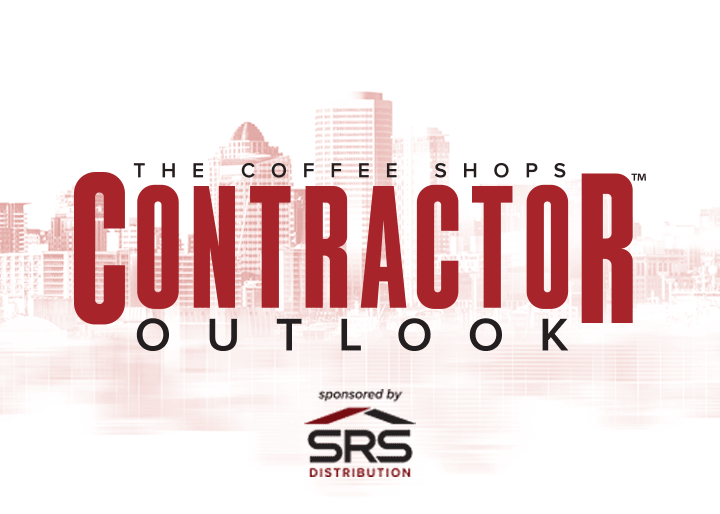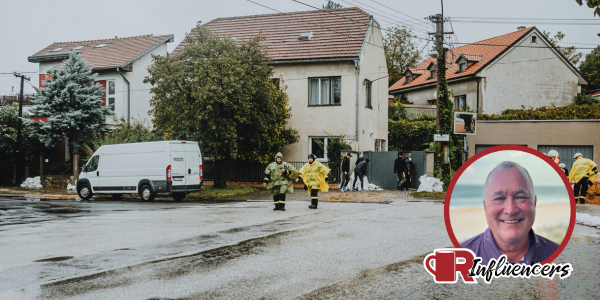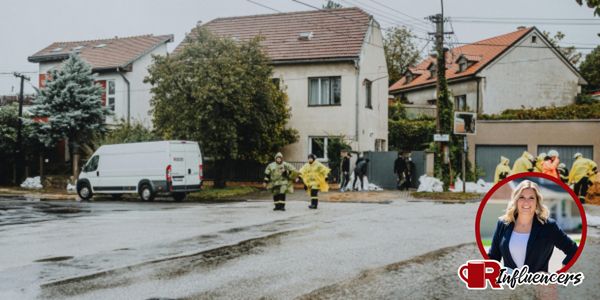Leading with professionalism and heart
April 5, 2025 at 12:00 a.m.RCS Influencer John Kenney says preparation, adaptability and community-minded service are key to turning disaster response into both a business opportunity and a mission of service.
As a roofing industry expert, I’ve seen how weather-related disasters — hurricanes, tornadoes, hailstorms and heavy snow — can dramatically impact communities and the roofing market. When these events occur, contractors are called upon to repair damaged roofs and restore safety and normalcy to people’s lives. Contractors who prepare in advance and have response strategies can quickly mobilize their teams, meet increased market demand and support affected communities when it matters most. Preparation, adaptability and community-minded service are key to turning disaster response into both a business opportunity and a mission of service.
Preparation starts long before a storm hits. Contractors must build operational readiness into their yearly planning. This means having a disaster response protocol that includes resource allocation, supply chain coordination, workforce planning and customer communication strategies. Establishing relationships with material suppliers in advance ensures that when demand spikes after a disaster, your business has priority access to critical materials like shingles, metal panels, underlayment and fasteners. Some forward-thinking contractors even keep a small reserve of commonly used materials to avoid delays in the immediate aftermath of a storm.
Equally important is workforce preparedness. Contractors should assess their labor capacity and maintain relationships with reliable subcontractors or labor pools who can be called upon during surges in demand. Cross-training employees for different roofing systems and emergency repair protocols ensure crews can handle various post-disaster challenges efficiently. Safety training is also essential. Working in disaster-stricken areas presents additional hazards, including structural instability, debris and exposure to the elements. Teams must be equipped and trained to operate safely under these conditions.
Technology plays a growing role in disaster preparation and response. Contractors who use roofing-specific software for project management, estimating and customer tracking can respond faster and more accurately to the flood of service requests after a storm. Drones, satellite imagery and aerial roof measurement tools enable quick inspections when physical access is limited. These tools also help create detailed damage reports for insurance claims, positioning the contractor as a trusted partner for property owners navigating the recovery process.
Communication is a critical component of an effective disaster response. Homeowners and building owners are often overwhelmed after a weather event, unsure of what steps to take next. Contractors can establish themselves as helpful, trustworthy resources by providing clear information on the inspection process, timelines, insurance coordination and safety precautions. Having a dedicated team to handle inbound calls, schedule inspections and coordinate with adjusters keeps operations organized and professional. During a crisis, empathy, clarity and dependable service can build lasting customer relationships.
From a community support standpoint, roofing contractors can also play a key role in local recovery efforts. Volunteering time, offering discounted services for vulnerable homeowners or partnering with local organizations demonstrates a commitment to service beyond profit. These efforts help the community recover faster and elevate the contractor’s brand reputation and trustworthiness.
Preparing for weather-related disasters requires roofing contractors to proactively invest in readiness — stocking materials, training teams, building supplier relationships and leveraging technology. A well-coordinated response that balances efficiency with compassion enables contractors to meet demand quickly, support recovery efforts and grow their businesses through service. In times of crisis, the roofing industry has a unique opportunity to lead with both professionalism and heart.
John Kenney is the CEO of Cotney Consulting Group. See his full bio here.
























Comments
Leave a Reply
Have an account? Login to leave a comment!
Sign In